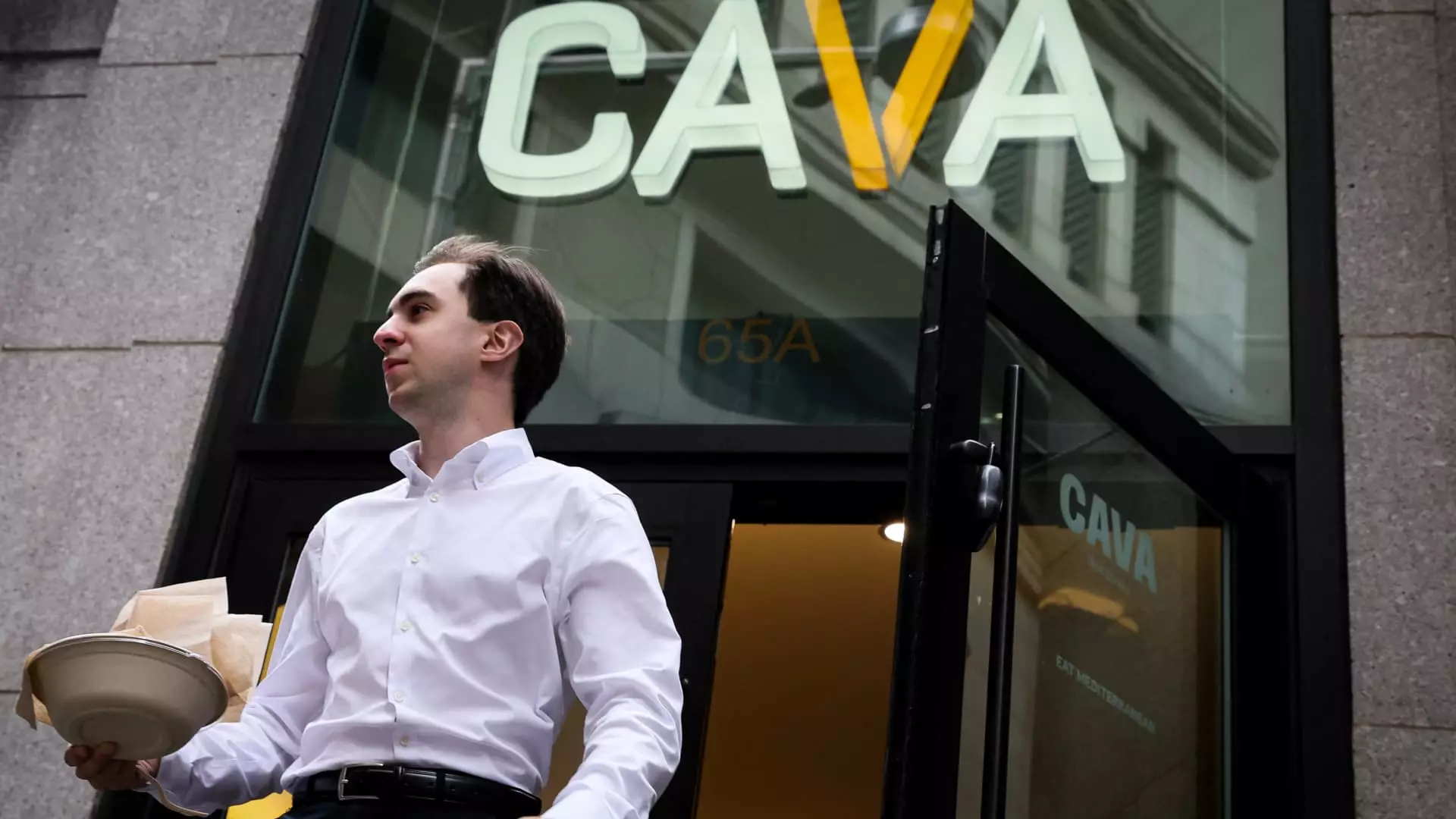In a climate where economic uncertainty erodes consumer confidence, restaurants face an existential battle to attract and retain customers. The once-casually appreciated loyalty programs have morphed into an indispensable armament for survival. As people tighten their purse strings and scrutinize every meal cost, brands must go beyond traditional promotions to forge genuine engagement. It is no longer enough to offer discounts or periodic freebies; they have to embed loyalty into the fabric of customer experience. This shift signals a fundamental change that pivots the entire industry from one driven by fleeting sales to one rooted in cultivating long-term relationships. The question is whether these programs truly deepen loyalty or merely serve as temporary band-aids. In my candid opinion, with the increased competition and shifting consumer mindset, restaurants that fail to innovate around customer loyalty risk being left behind in a rapidly evolving marketplace.
Data Speaks: Loyalty Programs Drive Repeat Business and Boost Sales
Empirical evidence underscores the undeniable importance of these programs during economic downturns. Data reveals that consumers enrolled in loyalty schemes visit restaurants more often—on average 22% more—compared to nonmembers. This is a significant leap, especially when industry traffic generally stagnates or declines. Giants like Starbucks and Potbelly showcase this trend vividly, boasting millions of active rewards members who generate over half of total transactions. If loyalty programs were mere optional extras, such results would be unlikely. Starbucks, with over 34 million active members, demonstrates how a carefully curated rewards system can step into the dominant position, effectively shoring up sales even as broader industry figures falter.
However, it’s worth questioning whether brands genuinely prioritize customer value or use loyalty as a clever marketing veneer. The notable reliance on rewards to compensate for declining foot traffic hints at a deeper issue: elevated customer acquisition costs and shrinking margins. While these programs do increase visits, they also threaten profitability if not managed carefully. The danger lies in creating a cycle where profitability becomes dependent on freebies rather than genuinely increasing value—an imbalance that may feel shortsighted once the economic pressure lessens.
Creativity in Loyalty: Moving Beyond Basic Discounts
The most insightful development in loyalty programs is their extraordinary capacity for ingenuity. Gone are the days when earning points meant nothing more than redeeming a free coffee after ten visits. Modern programs are crafting experiences, surprises, and exclusive perks that resonate emotionally with customers. Cava’s update to its loyalty system exemplifies this innovative turn, offering flexibility, personalized perks, and episodic surprises like free pita chips for special occasions. Such initiatives serve to deepen customer engagement beyond the transactional, fostering a sense of community and brand affinity.
Moreover, campaigns like Chipotle’s “Summer of Extras” exemplify how brands can creatively incentivize visits through contests and experiential rewards. These approaches challenge traditional paradigms, aiming to make the loyalty journey fun, personalized, and memorable. This strategic move from mere discounts to experiential engagement is arguably the most critical evolution, as it mitigates the risk of customers perceiving rewards as petty discounts and instead positions the brand as a valuable part of their lives. However, with such customization comes complexity, and many brands risk overcomplicating their programs—creating confusion and deterring participation. The success of these creative programs ultimately hinges on how well they maintain simplicity and authenticity amid novelty.
Sketchy Profitability and the Perils of Lavish Incentives
Despite the evident benefits, embracing loyalty expansion is fraught with financial risks. Offering free items, discounts, and exclusive benefits eats into slim restaurant margins, especially during downturns where operational costs remain high. For instance, Starbucks’ decision to eliminate a universally popular 25-star reusable cup bonus in favor of double stars across all purchases was controversial, revealing the delicate balance between rewarding customers and preserving margins. The risk is that brands may over-rely on freebies, trivializing their value and ultimately eroding profit margins.
Furthermore, loyalty programs have an inherent risk of becoming unsustainable if they prioritize short-term gains over long-term customer value. It is tempting to chase immediate spikes in visits with flashy campaigns, but without a strategic focus on fostering genuine loyalty, these efforts may falter once initial excitement fades. The most successful programs are those that marry tangible benefits with emotional engagement—something that requires consistency, authenticity, and an understanding of modern consumer expectations. Simply put, while freebies and punch cards can spark short-term engagement, they aren’t a cure-all. Companies must be cautious not to let these initiatives devolve into costly promotional giveaways that hinder the bottom line.
The Future of Loyalty: A Delicate Balance Between Value and Authenticity
The current landscape reveals an industry at a crossroads, where loyalty programs are no longer optional but essential. Yet, their future depends heavily on striking the right balance—offering value that resonates without undermining profitability. The rise of tiered programs and flexible redemption options indicates a willingness to adapt, but success will depend on understanding that true loyalty cannot be bought solely with freebies.
Central to this shift is the recognition that loyalty must be intertwined with authenticity and personalized experiences. Brands like Cava and Portillo’s are already demonstrating that innovation, when guided by customer insight and strategic intent, can foster a deeper connection. For those willing to navigate the fine line between generosity and greed, loyalty programs can be the defining instrument that turns skeptical consumers into lifetime advocates—even during turbulent economic times.
In my view, the real test for these programs lies beyond the initial measures of increased visits or transaction volume. It’s whether they create a culture of genuine engagement that earns long-term trust and emotional loyalty—something that no discount code can reliably achieve. The brands that succeed in this delicate craft will be those that embrace innovation without losing sight of the fundamental principle: loyalty is ultimately about creating meaningful value for customers, not just fleeting rewards.

